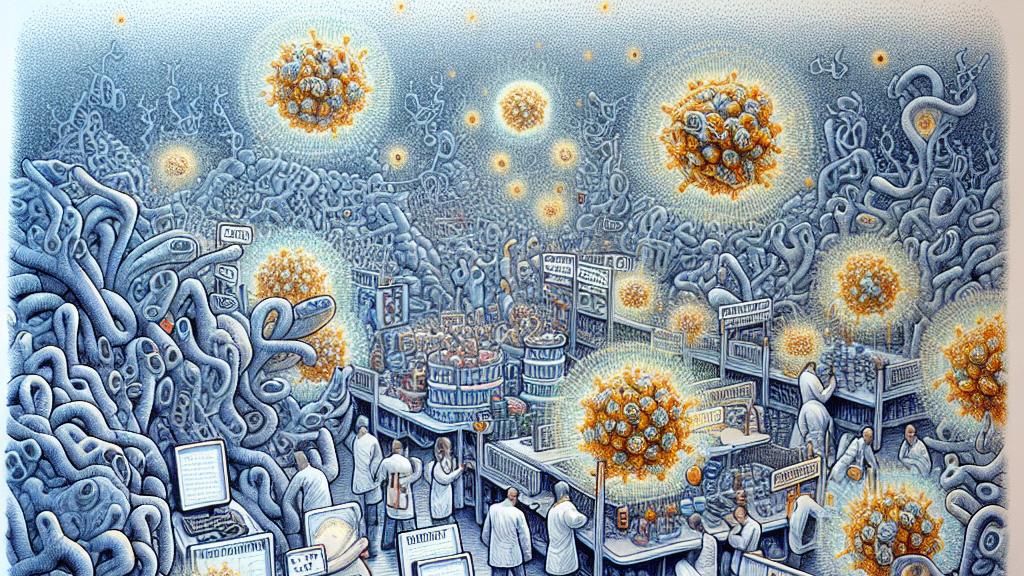Understanding Cellular Biochemistry Through Innovative Fluorophore Techniques
Overview
- Revolutionary methods illuminate critical protein interactions in living cells.
- Advanced proximity-assisted activation enhances molecular tracking remarkably.
- Recent discoveries unveil fascinating complexities and intricacies of cellular functions.

Revolutionizing Protein Interactions Study
In the vibrant world of biochemistry, particularly in the United States, researchers are unveiling groundbreaking techniques to study protein interactions within living cells. Picture a bustling marketplace where each protein represents a merchant, constantly engaging in transactions that shape the overall economy of the cell. Pioneering efforts by Thomas Graham and his talented team at UC Berkeley gave birth to proximity-assisted photoactivation (PAPA), a sparkling new method that utilizes fluorescent tags to illuminate the intricate dance of protein interactions. This method allows scientists to see proteins in action without disrupting the cellular environment. Unlike traditional approaches that often required breaking open cells—leading to valuable context being lost—PAPA invites researchers to observe these interactions in real time, shedding light on complex dynamics in ways that were previously impossible.
Combining Techniques for Deeper Insights
Excitingly, the innovation doesn’t stop with PAPA! Researchers have brilliantly combined it with fast single-molecule tracking (fSMT) to develop the enhanced PAPA-fSMT. This powerful merger is like pairing the precision of a fine watchmaker with the insights of a seasoned astronomer, allowing for sophisticated tracking of molecular movements. Imagine being able to observe both the path a protein takes and the interactions it makes—this is precisely what PAPA-fSMT offers. By analyzing how these protein complexes diffuse within cells, scientists can delve deep into the intricate kinetics of gene transcription regulation. For example, researchers can now watch how critical transcription factors assemble and function in real time, unveiling the previously hidden layers of cellular communications. Such methodological advancements provide exceptional clarity—making the once-complicated interactions both comprehensible and captivating.
Profound Impacts on Biomedical Research
The implications of these cutting-edge techniques are nothing short of revolutionary, promising to reshape the landscape of medical research on a grand scale. Visualize the potential: by deciphering complex protein interactions, researchers can unlock the secrets behind disease mechanisms. Innovative methods such as single-molecule tracking and advanced fluorescent probes serve as powerful tools for revealing unique patterns of protein ubiquitination, which play crucial roles in maintaining cellular balance. Furthermore, insights gained from these techniques do not merely enhance our understanding; they spark hope for the development of targeted therapies. Such breakthroughs could greatly improve treatment strategies, transforming how we approach diseases and ultimately revolutionizing healthcare. By illuminating the intricate web of cellular interactions, we pave the way for a future where precision medicine drives personalized treatment plans, making possible what once seemed unattainable.

Loading...